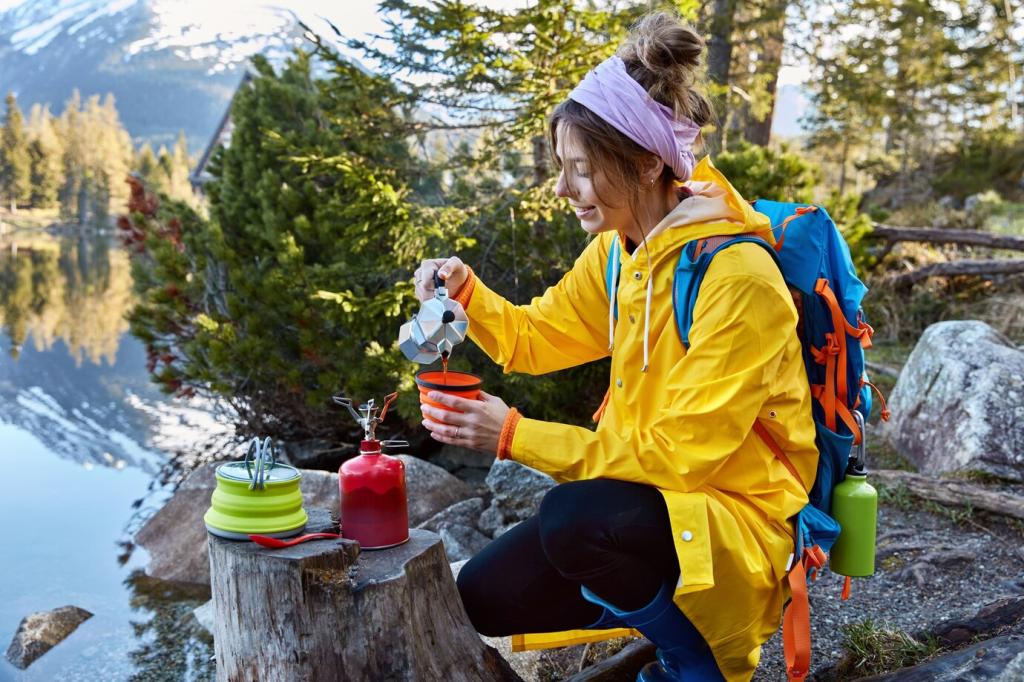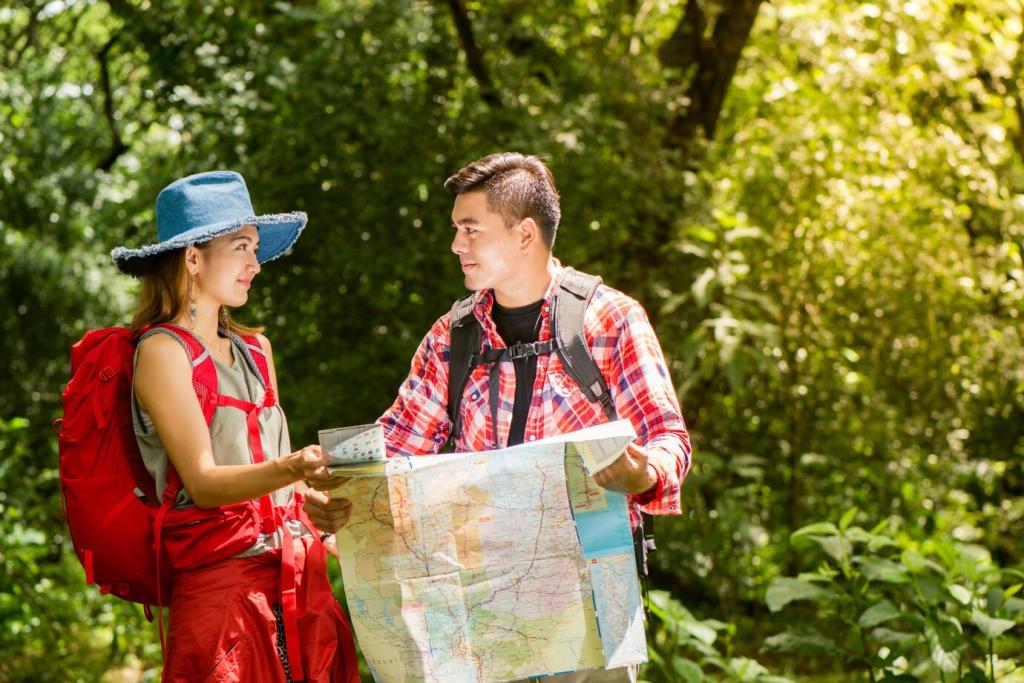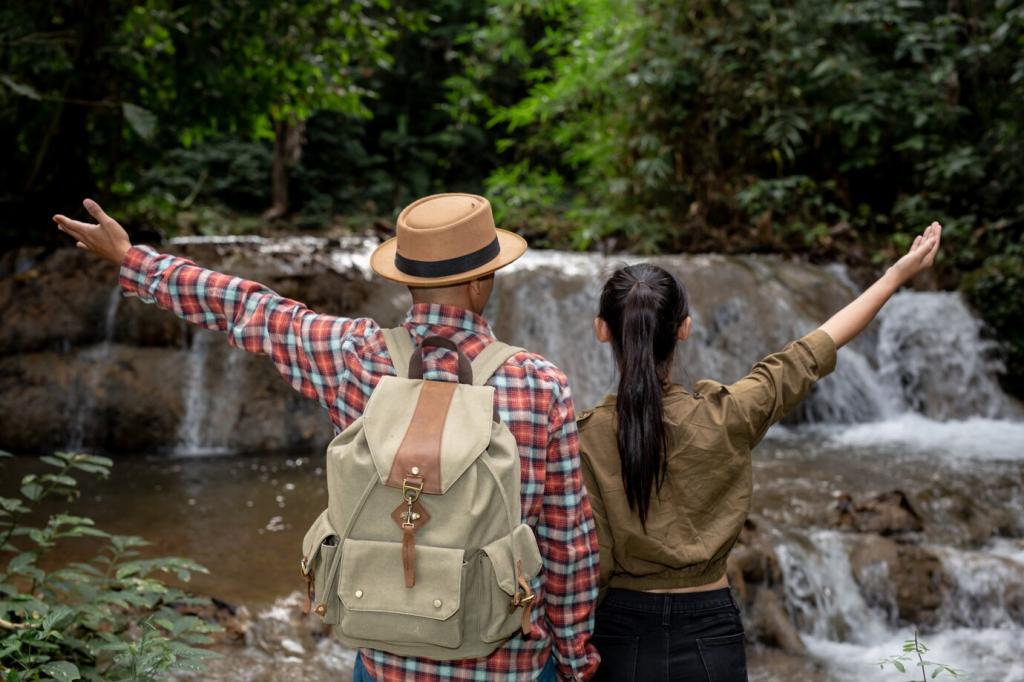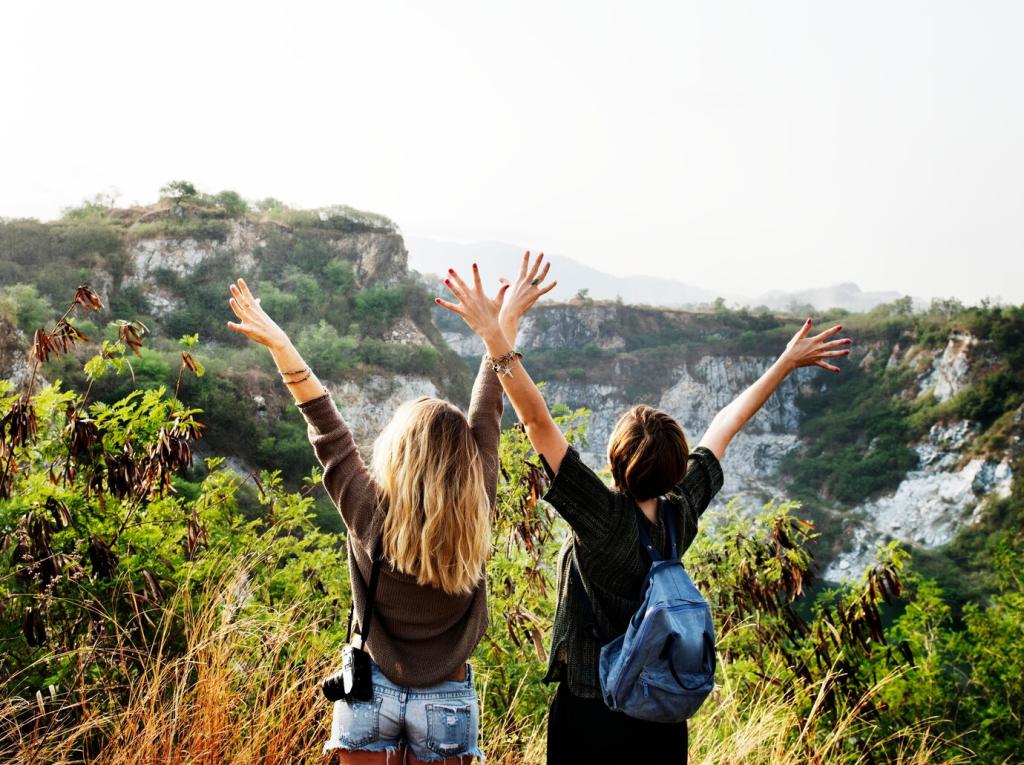Your Role: Engage, Reflect, and Act
Map routes with fewer transfers, verify certifications, and set a personal wildlife code of conduct. Tell us how you plan to reduce your footprint and inspire others in the comments.
Your Role: Engage, Reflect, and Act
Donate to local conservation groups, adopt a trail, or fund reef monitoring. Subscribing to our updates connects you to credible projects that convert attention into action year-round.








